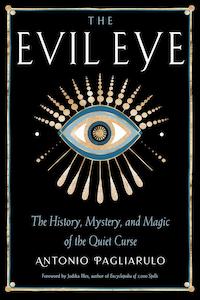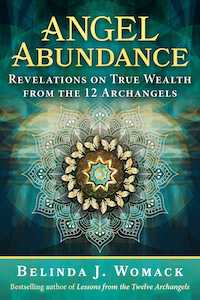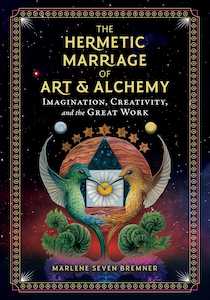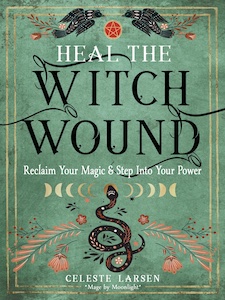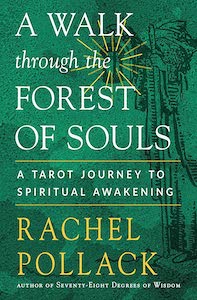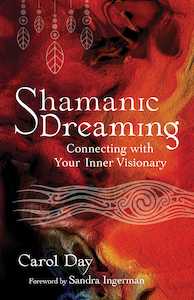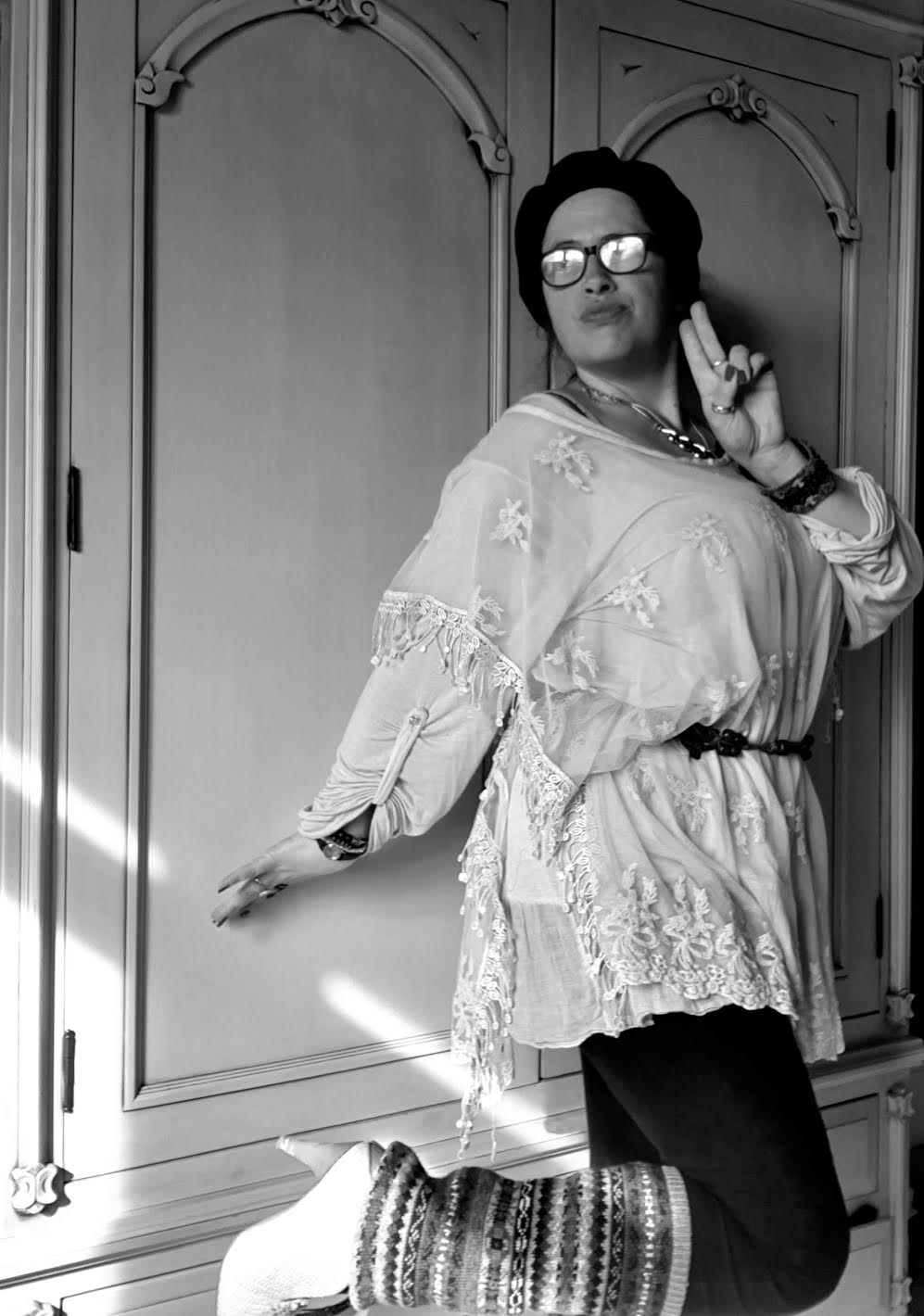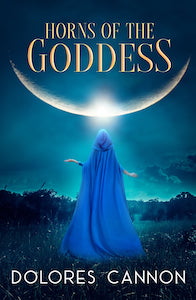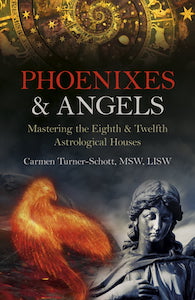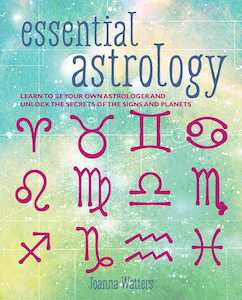
Essential Astrology: Learn to be your own astrologer and unlock the secrets of the signs and planets, by Joanna Watters
CICO Books, 9781800652354, 160 pages, July 2023
In Essential Astrology, Joanna Watters presents the basics of reading your own natal chart in a very clear and step-by-step manner. With numerous graphics and examples of famous people, she illustrates the meanings behind the luminaries (Sun and Moon) and the planets in various signs. She also shares a brief look into the twelve houses of the zodiac, as well as aspects, elements, and modes of the signs.
Her subtitle says it all: “Learn to be your own astrologer and unlock the secrets of the signs and the planets”.1
Watters has been an astrologer for over 30 years, doing readings, teaching, and writing her astrology blog. She has lived in Greece, in the village of Nidri on the Ionian island of Lefkada since 1995. She is the author of three other books on astrology and tarot.
As a student of astrology for the past four years, I was interested in investigating Watters’ methods of chart reading for myself. I particularly enjoyed how she explained what the chart really is:
“At an objective and mathematical level, the horoscope is generated from specific data and is firmly rooted in time and space, but at a subjective and symbolic level, the horoscope holds destiny’s DNA that awaits to be unraveled and decoded…. In other words, the craft of horoscopy shows us how to marry astrological symbolism with the uniqueness of an individual’s life story. Horoscopy therefore is not clairvoyance. But it is magic.”2
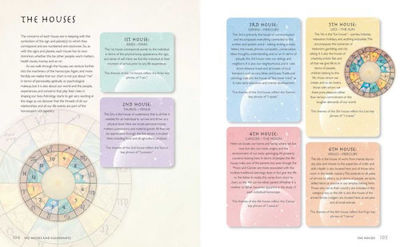
Watters begins her explanation of the luminaries and planets with a complete discussion of the sun and includes information for each of the twelve zodiac signs. I appreciated her prefacing this discussion with a note about the dangers of over-simplifying the qualities of the signs or presenting this descriptive information as written in stone. She adds:
“We all know earth-sign individuals who do not know one end of a screwdriver from another or fire-sign people who are not risk takers.”3
I found the description of my Sagittarius sun to be on point, including my love of personal freedom and a note on the dangers of marrying too early! (Been there, done that!) She also includes a list of what she calls “Textbook Sagittarians”, which included comedian Billy Connolly, Bette Midler, and Mark Twain. Watters includes examples of famous people for each sun sign.
Watters goes on to describe the elements and modes of the signs, including characteristics and two unique graphics that show how fire, earth, air and water line up on the zodiac wheel. Next, she describes the modes of cardinal, fixed, and mutable in a similar fashion, with a beautiful graphic, as well.
Her “In a Nutshell” recap in this section ties it all together and shares each sign with its own mode and element, as well as whether masculine or feminine. I’ve already made a note of that graphic to use later.
Next, Watters dives into the personal planets and reminds the reader:
“The following cameos of the planets through the 12 signs are offered as “takes,” that is, illustrations as opposed to absolute givens, snapshots of symbolism as seen through my own client work or in the lives of prominent people.”4
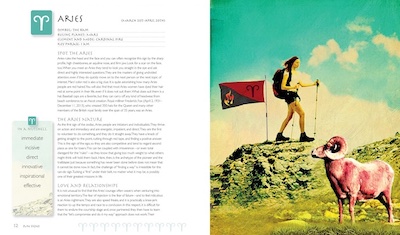
She begins the discussion with the moon and includes a recap on what the moon represents before listing the qualities of each zodiac sign. She ends each section with three words or phrases to encapsulate the moon in that sign.
I found her description for my Capricorn moon to be accurate and also provided some insight into my childhood:
“More typically, there is nearly always some early situation, which, in some way, forced them to grow up too quickly. As a result of such upbringings, this moon often signals a truncated childhood.”5
Watters includes these references to childhood in many of her descriptions and I can’t wait to investigate more of the charts of my family members through the lens of her wisdom and experience.
I was particularly interested in reviewing Watters’ information on my Venus in Scorpio. In many natal chart readings I have had and in plethora of the books I have studied, the Venus in Scorpio type is described as a cold and calculating yet passionate person. Watters goes much deeper: “Venus in Scorpio’s feminine sign is intense and deeply emotional… These Venus people do not wear their hearts on their sleeves, to put it mildly.”6 In my years of study, I’ve never seen such an accurate portrayal of my Venus in Scorpio! Thanks, Joanna Watters!
Due to the complete and easy-to-read style, as well as the stunning graphics, Watters’ book is valuable for both the beginner and intermediate astrology student. I found quite a lot of new information in the book, as well as a more helpful compilation of astrological information than I have seen previously.
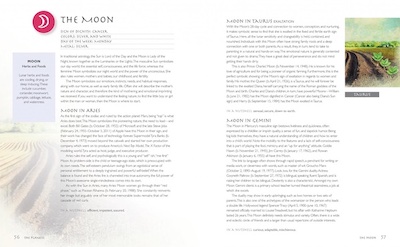
Many books seem to make you “work” to learn the data, while Watters takes you by the hand, leads you through the Zodiac wheel, and prepares you to read your own chart. I felt supported and informed, rather than someone talking in esoteric language. She also sprinkles beautiful graphics for the planets and signs to keep your interest and brighten the pages.
One idea that Watters shares is that of creating your own natal chart by hand. She explains that by using pencil and paper to create your own chart with a blank zodiac wheel, the information will really come alive for you. I can’t wait to find a blank wheel online and do this!
Watters includes a simple table of contents, an extensive index, and a bibliography. She even includes the website from which she drew the celebrity natal chart information. The book is very well organized overall and is easy to navigate and return to for additional information.
The index is particularly important. I looked up “stellium” and found a great reference, although I had totally missed it when I reviewed that page initially. The index also gives multiple references for each zodiac sign in different sections of the book. This will be very helpful to me as I prepare readings for clients and friends.
Whether you are new to astrology or have basic knowledge and want to learn more, allow Essential Astrology to take you on a magical learning adventure.

PJ Spur is an author, intuitive, spiritual mentor, astrologer, and hypnotist. She does tarot & oracle card readings, natal chart readings, grief coaching, and relationship healing. She also has hosted a weekly “Coffee & Cards” event with her Soul Compass Community for the past four years. Her book Navigating Grief with Grace is available on Amazon. Learn more at www.dearpj.com


